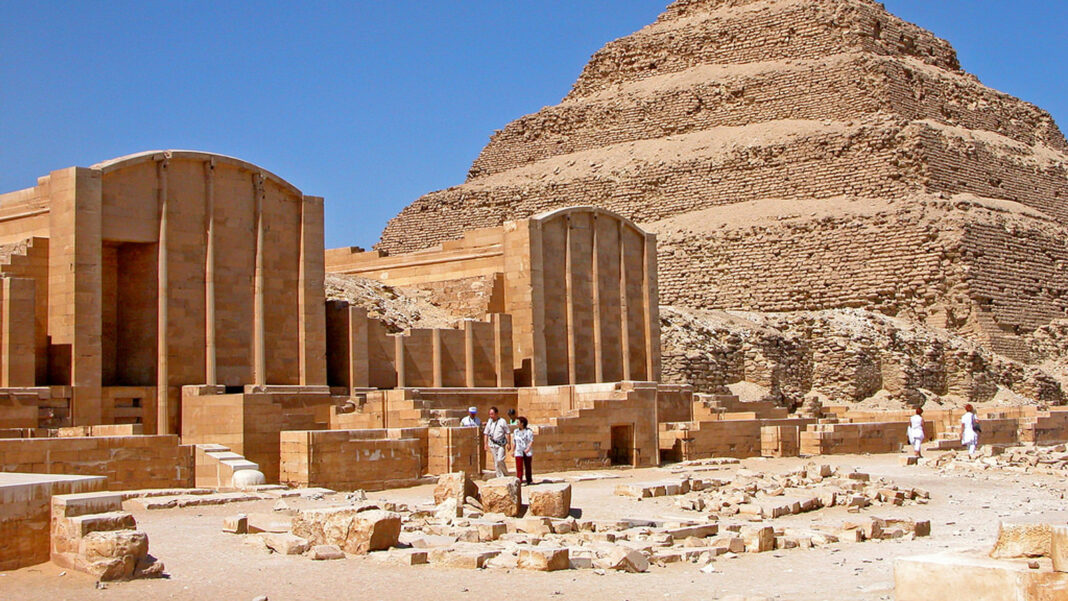A groundbreaking study reveals significant Mesopotamian ancestry in ancient Egypt. Scientists successfully sequenced the complete genome of a man who lived over 4,500 years ago in Egypt’s Old Kingdom. This discovery sheds new light on the ancient connections between the Nile Valley and the Fertile Crescent, the land of Mesopotamia.
Archaeologists discovered the man’s skeleton inside a large clay funerary jar at Al-Nuwayrat near Sohag, Egypt. Experts estimate he lived around 4,500 to 4,800 years ago, during the era when the first pyramids rose. His bones reveal he was about 60 years old, stood 1.59 meters tall, and likely worked as a skilled craftsman, possibly a potter. The tomb suggests he held a respected position.
Scientists extracted DNA from his teeth roots and traced his ancestry. About 80% of his genes link to North Africa, which was expected. However, 20% reveal a clear genetic connection to the Fertile Crescent region, including ancient Mesopotamia. This is the first direct biological proof of shared ancestry between these early civilizations.
This finding supports archaeological evidence of cultural exchange, such as shared artistic styles and Mesopotamian goods found in Egypt. Importantly, the potter’s wheel, invented in Mesopotamia, appeared in Egypt during his lifetime. This fact matches his possible profession, highlighting a real-life link between the two cultures.
Researchers emphasize that Mesopotamian ancestry in ancient Egypt shows these societies were interconnected, not isolated. This discovery rewrites history by proving how deeply these civilizations intertwined through trade, culture, and family ties.
Ultimately, the study of this man’s DNA illuminates the rich, shared heritage of humanity’s earliest great civilizations. It confirms that Mesopotamian ancestry in ancient Egypt played a key role in shaping the ancient world.
This discovery invites further research into the ancient interactions between these regions. It also encourages a deeper appreciation of the shared roots that connect human history across continents.



